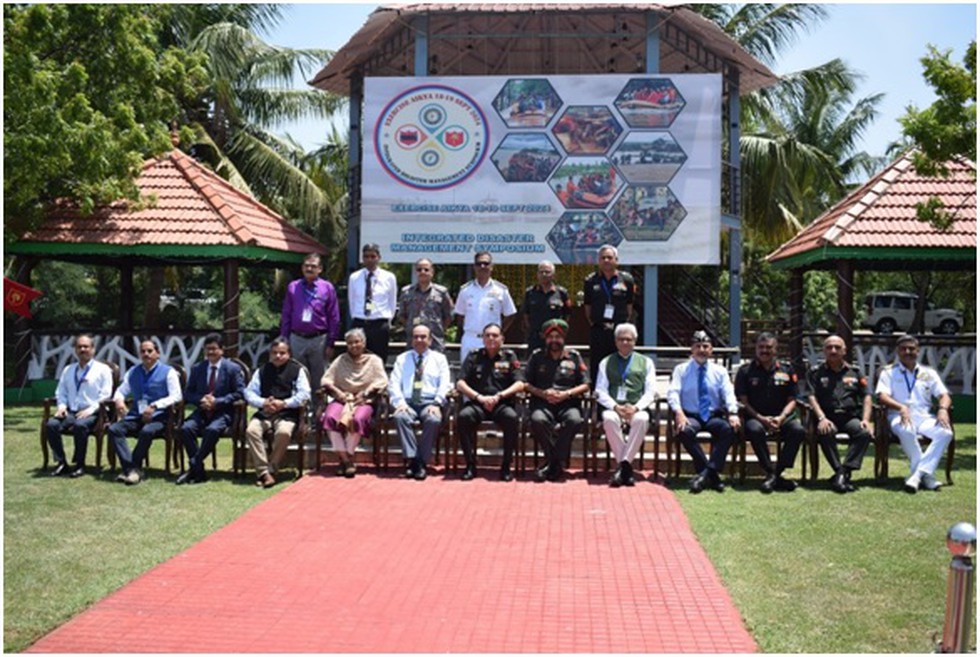
About Exercise AIKYA:
- Aikya, meaning "Oneness" in Tamil, reflects the exercise's aim to integrate India's Disaster Management community.
- It brought together key stakeholders from across Peninsular India to enhance disaster preparedness and response capabilities.
- The exercise witnessed participation from six southern states/UTs: Tamil Nadu, Kerala, Karnataka, Andhra Pradesh, Telangana, and Puducherry
- Key organizations involved : India Meteorological Department (IMD), National Remote Sensing Centre (NRSC), Indian National Centre for Ocean Information Services (INCOIS), Central Water Commission (CWC), and Forest Survey of India (FSI); Geographical Survey of India (GSI) and the Department of Telecommunications (DoT).
- It simulated emergency situations to test roles and responsibilities, fostered discussions on technologies and trends in disaster relief, and reviewed lessons from recent operations.
- It addressed issues including tsunamis, landslides, floods, cyclones, industrial incidents, and forest fires, with focus on recent events in Tamil Nadu, Wayanad, and Andhra Pradesh.
2. Fast Track Immigration-Trusted Traveller Programme
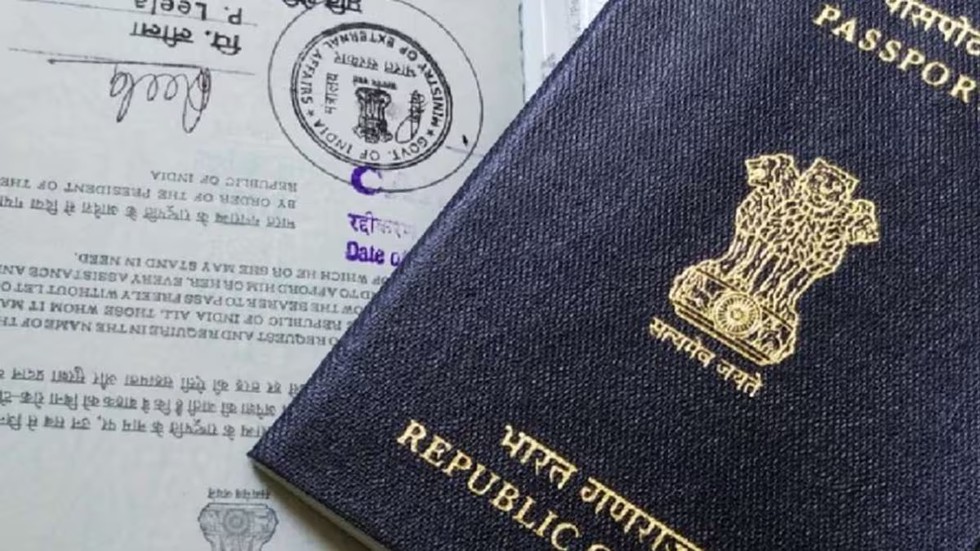
About Fast Track Immigration-Trusted Traveller Programme:
- It has been initiated to speed up the Immigration clearance process for eligible persons from the following categories: Indian Nationals and Foreign Nationals holding OCI Cards.
- It was first launched at Delhi’s IGI Airport.
- It has been introduced with the purpose of facilitating international mobility with faster, smoother and secure immigration clearances.
- It is similar to the United States’ Global Entry Program, which allows fast-tracked clearance for pre-approved and low-risk travelers upon their arrival at select airports in the US.
- The FTI-TTP is implemented through an online portal with the Bureau of Immigration being the nodal agency.
- To enroll in the scheme, the applicant has to register online on the portal with details and documents.
- Once the application for FTI-TTP is approved, those individuals will not need to go through the arduous process of standing in long queues for immigration clearance while arriving in India.
- Validity: The FTI registration will be valid for a maximum of five years or until the validity of the passport, whichever comes first.
- Under the FTI-TTP programme, eligible passengers are allowed to utilise e-gates and bypass regular immigration queues for a seamless experience.
3. INSPIRE – MANAK Programme
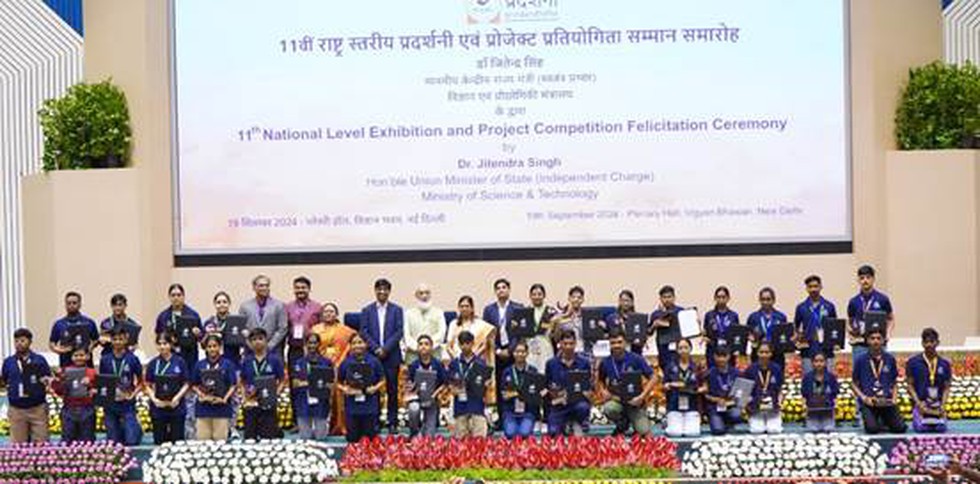
About INSPIRE – MANAK Programme:
- The INSPIRE – MANAK (Million Minds Augmenting National Aspiration and Knowledge) is one of the flagship schemes of the Department of Science and Technology (DST), Govt. of India.
- It is for nurturing ideas and innovations of school students and motivates them to pursue science and a career in research.
- It is jointly implemented by DST and the National Innovation Foundation (NIF) – India.
- It aims to motivate students in the age group of 10-15 years and studying in classes 6 to 10 to become future innovators and critical thinkers.
- Significance:
- It believes that once the original ideas and innovations rooted in Science and Technology by students get incubated, it will foster a culture of creativity and innovative thinking among school children.
- This will help address the societal needs through science and technology and nurture them to become sensitive and responsible citizens and innovation leaders of tomorrow.
What is the National Innovation Foundation?
- It was set up in March 2000 with the assistance of the Department of Science and Technology, Government of India.
- It is India's national initiative to strengthen the grassroots technological innovations and outstanding traditional knowledge.
- Its mission is to help India become a creative and knowledge-based society by expanding policy and institutional space for grassroots technological innovators.
4. Amur Falcon
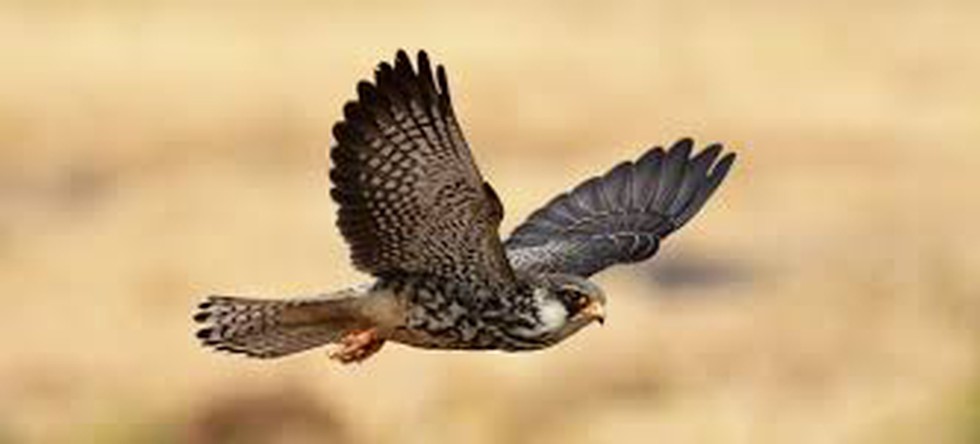
About Amur Falcon:
- It is a small raptorof the falcon family.
- These are locally known as Akhuipuina, the bird arrives mainly in Manipur and Nagaland.
- They breed in south-eastern Siberia and Northern Chinaand migrate long distances in large flocks to winter in Southern and East Africa.
- The one-way journey via India is about 20,000 km long and the birds do this twice a year.
- Conservation efforts:
- It is protected under the Wildlife Protection Act 1972 and included under its Schedule IV.
- Hunting of the birds or possessing its meat is punishable with imprisonment up to three years or a fine upto 25,000 or with bonds.
- In 2018, the forest department started a conservation programme by radio-tagging the birds to study their migratory route.
- IUCN:Least Concern.
- Threats:Illegal trapping and killing during migration, habitat loss from agricultural practices and land reclamation.
5. Global Cybersecurity Index
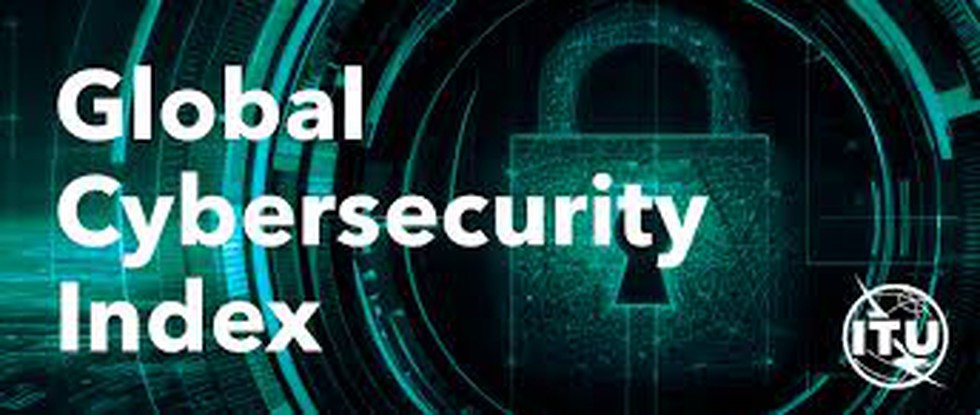
About Global Cybersecurity Index:
- It is a trusted reference that measures the commitment of countries to cybersecurity at a global level.
- It is to raise awareness of the importance and different dimensions of the issue.
- Each country’s level of development or engagement is assessed along five pillars namely, Legal Measures, Technical Measures, Organizational Measures, Capacity Development, and Cooperation – and then aggregated into an overall score.
- It is published by the International Telecommunication Union (ITU).
Key highlights of GCI 2024
- The report places 46 countries in Tier 1, the highest of the five tiers, reserved for “role modelling" countries that demonstrate a strong commitment in all five cybersecurity pillars.
- With a remarkable score of 98.49 out of 100, India joins the ranks of ‘role-modelling’ countries, demonstrating a strong commitment to cybersecurity practices across the globe.
- Most countries are either “establishing" (Tier 3) or “evolving" (Tier 4) in terms of cybersecurity.
Key facts about International Telecommunication Union
- It is the United Nations specialized agency for information and communication technologies. It was established in 1865 as International Telegraph Union.
- In 1947 the ITU became a specialized agency of the United Nations. It is an intergovernmental organization that coordinates between governments and private sector bodies with respect to global telecommunication and information communication technology (ICT) services.
- Member countries:It has a membership of 193 countries and more than 1000 companies, universities and international and regional organizations.
- Functions:
- allocate global radio spectrum and satellite orbits;
- coordination and setting of technical standards related to telecommunication/ICT;
- work to improve access to ICTs in underserved communities worldwide;
- India and ITU:India has been an active member of the ITU since 1869 and has been a regular member of the ITU Council since 1952.
- Headquarters:Geneva, Switzerland.
6. Criticality in a Nuclear Reactor
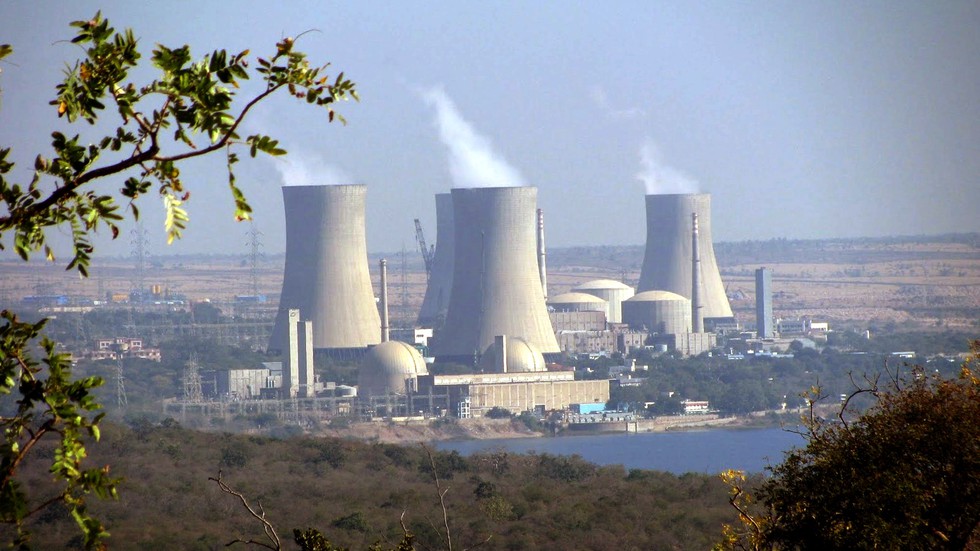
About Criticality in a Nuclear Reactor:
- Nuclear reactors use uranium fuel rods—long, slender, zirconium metal tubes containing pellets of fissionable material to create energy through fission.
- Fission is the process of splitting the nuclei of uranium atoms to release neutrons that in turn split more atoms, releasing more neutrons.
- Fission produces a great deal of energy in the form of very high heat and radiation.
- That’s why reactors are housed in structures sealed under thick metal-reinforced concrete domes.
- Power plants harness this energy and heat to produce steam to drive generators that produce electricity.
- Criticality means that a reactor is controlling a sustained fission chain reaction, where each fission event releases a sufficient number of neutrons to maintain an ongoing series of reactions.
- This is the normal state of nuclear power generation.
- Fuel rods inside a nuclear reactor are producing and losing a constant number of neutrons, and the nuclear energy system is stable.
- Nuclear power technicians have procedures in place, some of them automated, in case a situation arises in which more or fewer neutrons are produced and lost.
- Controlling Criticality:
- When a reactor is starting up, the number of neutrons is increased slowly in a controlled manner.
- Neutron-absorbing control rods in the reactor core are used to calibrate neutron production.
- The control rods are made from neutron-absorbing elements such as cadmium, boron, or hafnium.
- The deeper the rods are lowered into the reactor core, the more neutrons the rods absorb and the less fission occurs.
- Technicians pull up or lower down the control rods into the reactor core depending on whether more or less fission, neutron production, and power are desired.
- Should a malfunction occur, technicians can remotely plunge control rods into the reactor core to quickly soak up neutrons and shut down the nuclear reaction.
What Is Supercriticality?
- At start-up, the nuclear reactor is briefly put into a state that produces more neutrons than are lost.
- This condition is called the supercritical state, which allows the neutron population to increase and more power to be produced.
- When the desired power production is reached, adjustments are made to place the reactor into the critical state that sustains neutron balance and power production.
7. Advocate-on-Record (AoR)
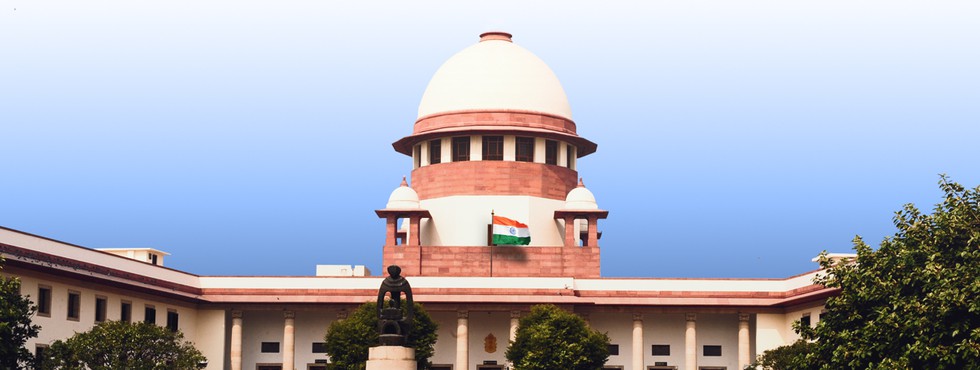
About Advocate-on-Record (AoR):
- The concept of AoR was introduced by the SC with the power given to it under Article 145(1) of the Indian Constitution, which states that the SC may, from time to time, make rules for regulating the practices and procedures in the court.
- An AoR is a lеgal profеssional who is entitled to represent clients and plead for them in the SC.
- It is a spеcific catеgory of advocates with rights of audiеncе in thе SC.
- An AoR has thе exclusive right to filе and conduct casеs in thе SC.
- All the procedural aspects need to be completed by AOR with the assistance of a registered clerk.
- This includеs drafting and filing pеtitions, applications, and othеr lеgal documents.
- Any notice or order/correspondence by the SC is sent to the AoR.
- They specialize in thе practicе and procеdurе of thе SC. They are familiar with thе rules and regulations governing thе court and play a crucial role in navigating lеgal matters through thе highest court of thе country.
- No other High Court in India has a similar provision.
- Order IV rule 5 of the Supreme Court Rules, 2013 lays down the requirements to be fulfilled to become an AoR. They are as follows:
- The Advocate is required to be enrolled with any State Bar Council.
- The Advocate is required to have a prior experience of at least 4 years.
- The Advocate has undergone a training of 1 year under a senior AoR.
- The Advocate has appeared for the examination conducted by the SC.
- The Advocate is required to have an office in Delhi within a radius of 10 miles from the SC houseand give an undertaking to employ a clerk, who shall be a registered clerk, within one month of being registered as an advocate on record.
- Once registered, an AOR is issued a unique identification numberthat must be used on all documents filed in the SC.
8. Blast Furnace
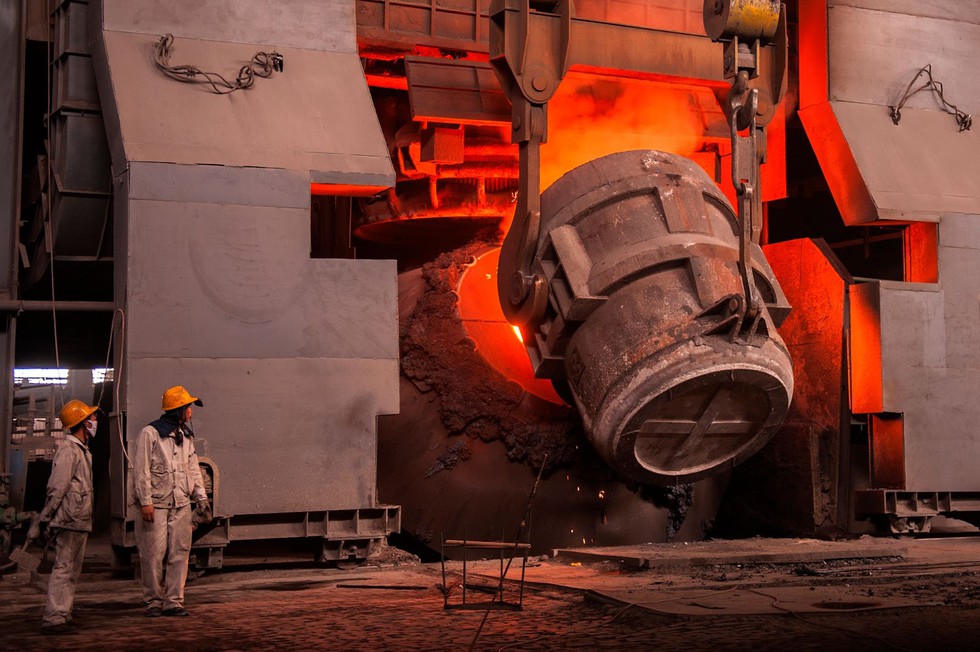
About Blast Furnace:
- It is a vertical shaft furnacethat produces liquid metals by the reaction of a flow of air introduced under pressure into the bottom of the furnace with a mixture of metallic ore, coke, and flux fed into the top.
- The blast furnace itself is a steel shaft lined with fire resistant, refractory materials.
- The hottest part of the furnace - where the walls reach a temperature >300°C - is water-cooled.
- The whole structure is supported from the outside by a steel frame.
- Blast furnaces are used to produce pig iron from iron ore for subsequent processing into steel, and they are also employed in processing lead, copper, and other metals.
- The process is continuous, with raw materials being regularly charged to the top of the furnace and molten metal and slag being tapped from the bottom of the furnace at regular intervals.
- Once a blast furnace is started, it will continuously run for four to ten years with only short stops to perform planned maintenance.
- Rapid combustionis maintained by the current of air under pressure.
- Blast furnaces are the largest consumers of materials and energy in the iron and steel-making process.
What is Pig Iron?
- Pig iron is an intermediate product and first product of Iron making reduced from Iron ore.
- Pig iron has a very high carbon content, typically 3.5–4.5%, along with silica, Manganese, Sulphur, Phosphorus, Titanium and other trace elements.
- It is obtained directly from the blast furnaceand cast in molds.
9. Valmiki Tiger Reserve
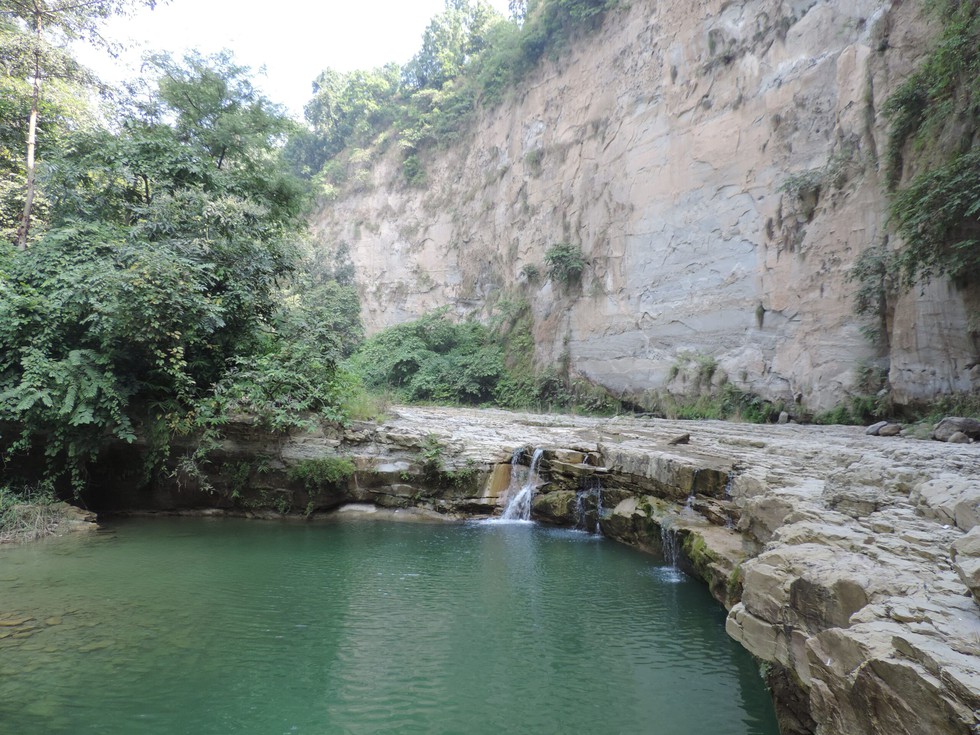
About Valmiki Tiger Reserve:
- Location: It is located at the India-Nepal border in the northern part of the West Champaran district of Bihar.
- Spread over an area of about 880 sq. km, it is the only tiger reserve in Bihar.
- It comprises the Valmiki National Park and the Valmiki Wild Sanctuary.
- It forms the easternmost limit of the Himalayan Terai forests in India.
- Situated in the Gangetic Plains bio-geographic zone of the country, the forest has a combination of Bhabar and Terai tracts.
- It is surrounded by the Royal Chitwan National Park of Nepal in the north and the river Gandak on the western side, with the Himalayan mountains as a backdrop.
- Drainage: Rivers Gandak, Pandai, Manor, Harha, Masan, and Bhapsa flow through various parts of the reserve.
- Vegetation: The vegetation types include mainly Moist mixed deciduous, Open-land vegetation, Sub-mountainous semi-evergreen formation, Freshwater swamps, Riparian fringes, Alluvial grasslands, high-hill savannah, and Wetlands
- Flora: Sal, rohini, sihor, teak, bamboo, semal, Mandar, shisham, Jamun, Gular, etc.
- Fauna: Tiger, leopard, fishing cat, leopard cat, sambar, hog deer, spotted deer, black buck, gaur, sloth bear, langur, rhesus monkey, etc.
10. Europa Clipper Mission
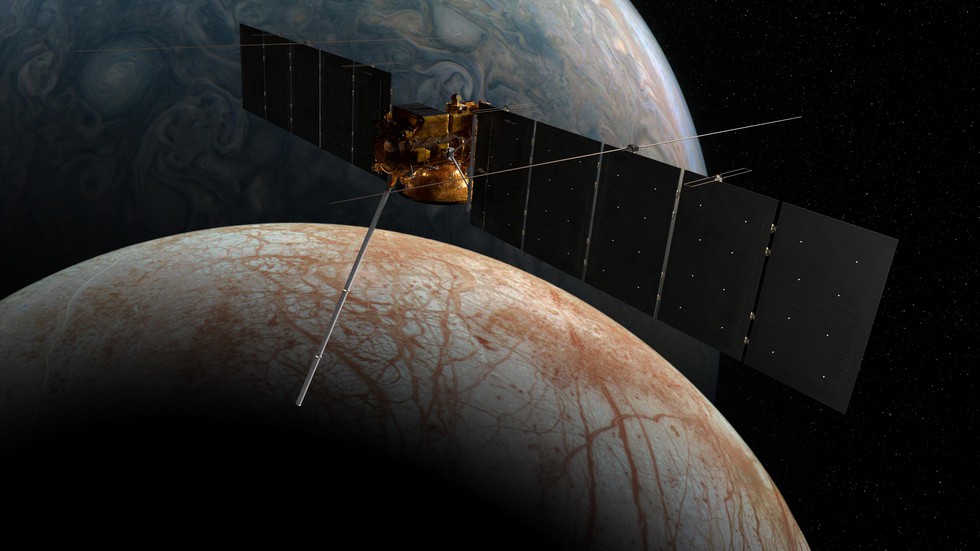
About Europa Clipper Mission:
- It is a NASA mission to study Jupiter's icy moon Europa.
- The mission will place a spacecraft in orbit around Jupiter in order to perform a detailed investigation of Europa.
- The first NASA spacecraft dedicated to studying an ocean world beyond Earth, Europa Clipper aims to find out if the ice-encased moon Europa could be habitable.
- Europa shows strong evidence for an ocean of liquid water beneath its icy crust.
- The spacecraft extends 100 feet (30.5 meters) from one end to the other and about 58 feet (17.6 meters) across.
- It is the largest spacecraft NASA has ever developed for a planetary mission.
- Europa Clipper will orbit Jupiter and conduct 49 close flybys of the moon to gather data needed to determine whether there are places below its thick frozen crust that could support life.
- The spacecraft carries nine science instruments and a gravity experiment that uses the telecommunications system.
- In order to obtain the best science during each flyby, all the science instruments will operate simultaneously on every pass. Scientists will then layer the data together to paint a full picture of the moon.
- The spacecraft has large solar arrays to collect enough light for its power needs as it operates in the Jupiter system.


























































































































































.png)
.png)
.png)
.png)
.png)


.png)
.png)
.png)





.png)
.png)






.png)
.png)
.png)
.png)
.png)
.png)
.png)
.png)
.png)

.png)







.png)
.png)


.png)
.png)
.png)


.png)

.png)
.png)





.jpg)

.png)
.png)


.png)

.png)
.png)
.png)

.jpg)

.jpg)


.png)

.png)
.png)
.png)
.png)
.png)
.png)
.png)
.png)
.png)
.png)




.png)

.png)





.png)
.png)
.png)
.png)
.png)
.png)
.png)
.png)
.png)
.png)
.jpg)
.jpg)

.png)
.png)
.png)
.png)
.png)
.png)
.png)
.png)
.png)
.png)
.png)
.png)
.png)
.png)
.png)
.png)
.png)
.png)
.png)
.png)
.png)
.png)



.png)
.png)

.jpg)
.jpg)


.jpg)
.jpg)
.jpg)
.jpg)
.jpg)

.jpg)








.jpg)
.jpg)
.jpg)
.jpg)
.jpg)

















.jpg)
.jpg)







.jpg)


















.jpg)
.jpg)






























































































.jpg)
.jpg)


























.jpg)

.jpg)










.jpg)








.jpg)




.jpg)










.jpg)


















.jpg)












































.jpg)














.jpg)
.jpg)
.jpg)





.jpg)

.jpg)
.jpg)





































































.jpg)


































.jpg)
.jpg)
















































.jpg)












.jpg)


.jpg)




.jpg)
.jpg)
.jpg)

.jpg)
.jpg)
.jpg)
.jpg)

.jpg)
.jpg)
.jpg)

.jpg)
.jpg)
.jpg)
.jpg)
.jpg)
.jpg)
.jpg)
.jpg)

.jpg)


.jpg)
.jpg)
.jpg)
.jpg)
.jpg)
.jpg)
.jpg)
.jpg)
.jpg)
.jpg)











.jpg)
.jpg)





.jpg)
.jpg)
.jpg)
























.jpg)
























.jpg)









.jpg)
.jpg)







.jpg)
.jpg)









































.jpg)
.jpg)
.jpg)
.jpg)
.jpg)

.jpg)
.jpg)
.jpg)
.jpg)
.jpg)


.jpg)
.jpg)
.jpg)
.jpg)
.jpg)

.jpg)
.jpg)
.jpg)
.jpg)
.jpg)
.jpg)
.jpg)
.jpg)
.jpg)
.jpg)
.png)

.png)
.png)

.png)
.png)
.png)
.png)


.jpg)
.jpg)

.jpg)
.jpg)
.jpg)

.png)
.png)
.png)
.png)
.png)
.png)
.png)

.png)
.png)
.png)
.png)
.png)
.png)
.png)
.png)
.png)
.png)





































































-min.png)



.png)




.png)








































